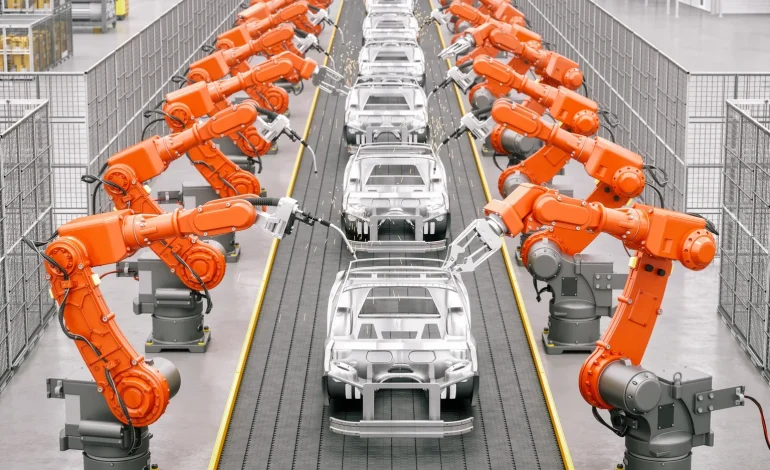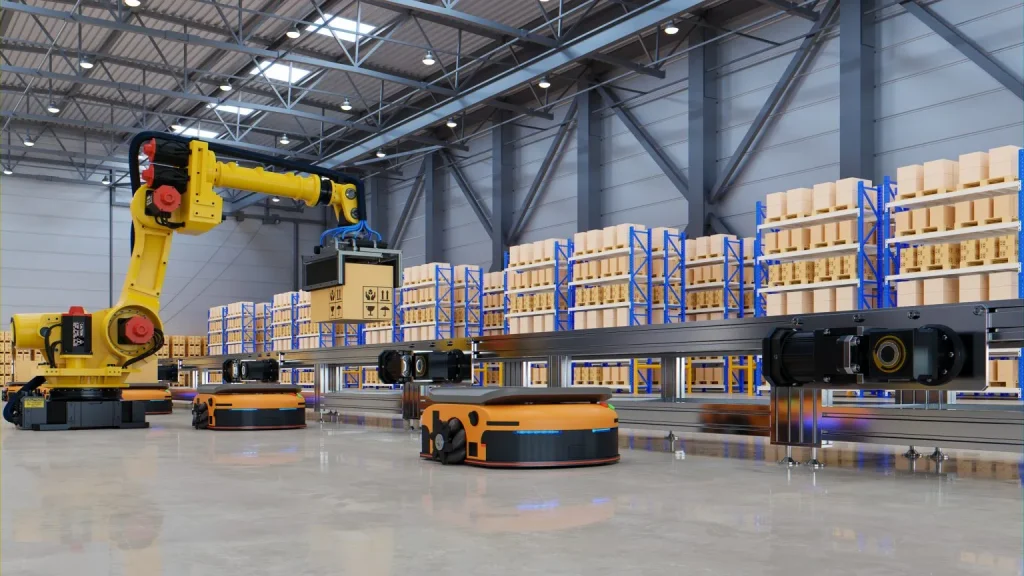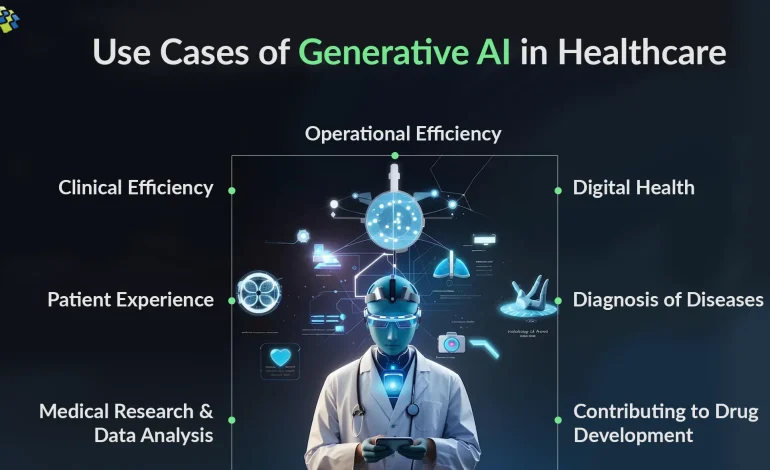Robotics And Industrial Automation: Transforming China’s Manufacturing Landscape

China’s manufacturing sector is undergoing a profound transformation driven by robotics and industrial automation. The integration of AI-enabled robots, Internet of Things (IoT) devices, and advanced control systems has enhanced production efficiency, improved product quality, and reduced operational costs. Robotics applications span automotive assembly, electronics manufacturing, logistics, and even healthcare support, demonstrating their versatility and strategic importance. This blog explores the technological advancements, industry trends, data-driven insights, and future prospects shaping China’s robotics-driven industrial ecosystem.
Government Policies and Strategic Initiatives
China’s government has made robotics and automation a strategic priority under initiatives such as the “Made in China 2025” program and the 14th Five-Year Plan. These policies provide substantial support for research and development, incentivize the adoption of industrial robots, and promote collaboration between academia, technology providers, and manufacturing firms. Tax incentives, subsidies, and preferential loans encourage enterprises to invest in robotics for high-precision tasks and intelligent production lines.
National-level initiatives also emphasize talent development, fostering a skilled workforce capable of designing, programming, and maintaining robotic systems. Universities, technical institutes, and industry training programs have integrated robotics engineering, AI, and industrial IoT curricula to ensure that personnel can effectively implement and manage automated production processes. These efforts aim to create a sustainable ecosystem that combines technological innovation with practical application.
Industrial Robotics Applications
Robotics are deployed across multiple sectors in China, enhancing efficiency and competitiveness. In automotive manufacturing, collaborative robots (cobots) assist with assembly, welding, and painting, improving precision and reducing human error. Electronics manufacturers utilize high-speed robotic arms for component placement, testing, and packaging, enabling rapid production of semiconductors, circuit boards, and consumer devices.
Logistics and warehousing have also benefited from robotics integration. Autonomous guided vehicles (AGVs) and robotic sorting systems streamline inventory management, optimize warehouse layouts, and enable real-time tracking of goods. In e-commerce fulfillment centers, these systems reduce operational costs, improve order accuracy, and shorten delivery times, contributing to China’s competitive advantage in global logistics.
Integration with AI and IoT
The fusion of robotics with AI and IoT technologies enhances predictive maintenance, process optimization, and adaptive manufacturing. Sensors embedded in machinery collect real-time data on performance, temperature, vibration, and energy consumption. AI algorithms analyze this data to identify anomalies, forecast equipment failures, and optimize production workflows. This integration reduces downtime, enhances resource utilization, and supports continuous improvement initiatives.
Smart factories leverage robotics combined with AI-driven analytics to implement real-time quality control. Computer vision systems detect defects during assembly, while adaptive robotic systems adjust operations based on sensor feedback. These capabilities improve product consistency, reduce material waste, and enhance overall operational efficiency.
Economic Impact and Industry Growth
Robotics adoption has significant economic implications for China’s manufacturing sector. According to the International Federation of Robotics, China has the largest installed base of industrial robots globally, with an annual growth rate exceeding 20%. The widespread deployment of robotics contributes to higher productivity, reduced labor costs, and increased competitiveness in both domestic and international markets.
Small and medium-sized enterprises (SMEs) are increasingly adopting robotics to scale operations and compete with larger manufacturers. By integrating automated systems, these companies improve production speed, consistency, and flexibility. The trend supports industrial upgrading, enabling Chinese manufacturers to move from labor-intensive processes to high-value, technology-driven production.
Challenges in Robotics Adoption
Despite progress, challenges remain. High capital investment, system integration complexities, and workforce training needs can impede deployment. Cybersecurity risks, interoperability issues between legacy systems and modern robotics, and maintenance requirements pose additional obstacles. Enterprises must adopt phased implementation strategies, invest in talent development, and establish robust monitoring frameworks to mitigate operational risks effectively.
Future Prospects and Innovation Trajectories
China’s robotics ecosystem is expected to continue growing rapidly, with innovations in AI-powered cobots, autonomous vehicles, and smart factory platforms. Emerging trends include integration with 5G networks for real-time coordination, advanced human-robot collaboration, and the deployment of service robots in healthcare, retail, and logistics. Investments in domestic robotics production, sensor technology, and AI software will enhance capabilities and reduce reliance on foreign imports, supporting China’s goal of technological self-sufficiency.
Cross-sector collaboration between research institutes, technology companies, and manufacturers will accelerate innovation and adoption. Robotics solutions will become increasingly adaptive, intelligent, and accessible to enterprises of all sizes, driving sustained improvements in operational efficiency, product quality, and competitiveness.
Conclusion: Robotics as a Pillar of Industrial Transformation
Robotics and industrial automation are transforming China’s manufacturing landscape, enabling high-precision, efficient, and intelligent production processes. Government policies, corporate investments, and technological innovation create a robust ecosystem that supports adoption across multiple sectors. Integration with AI, IoT, and predictive analytics enhances operational efficiency, reduces costs, and improves product quality. By addressing challenges related to capital, workforce, and system integration, China is poised to solidify its leadership in robotics-driven industrial innovation. As technologies evolve, robotics will remain a key pillar supporting China’s industrial upgrading, global competitiveness, and long-term economic growth.







